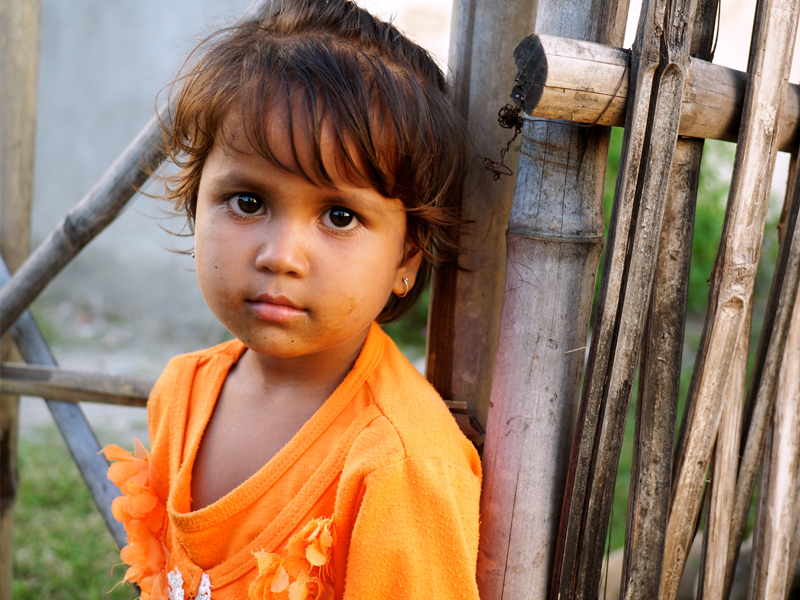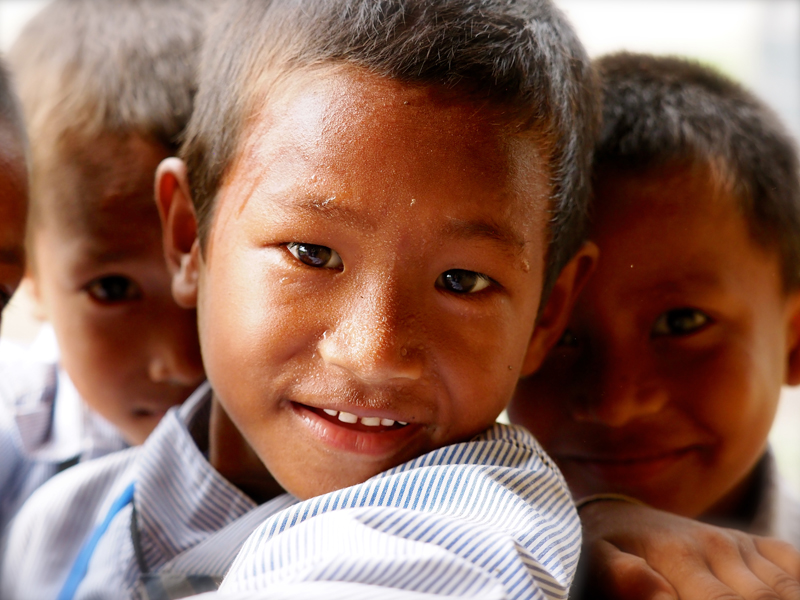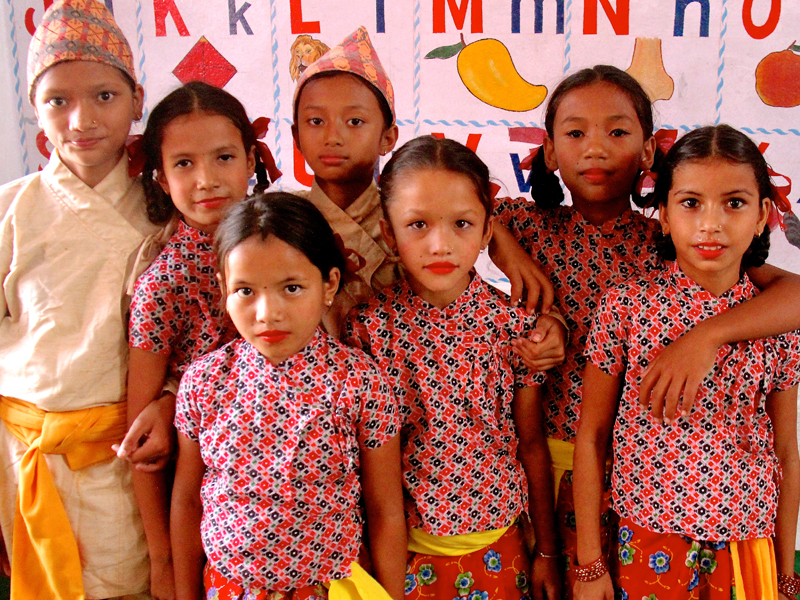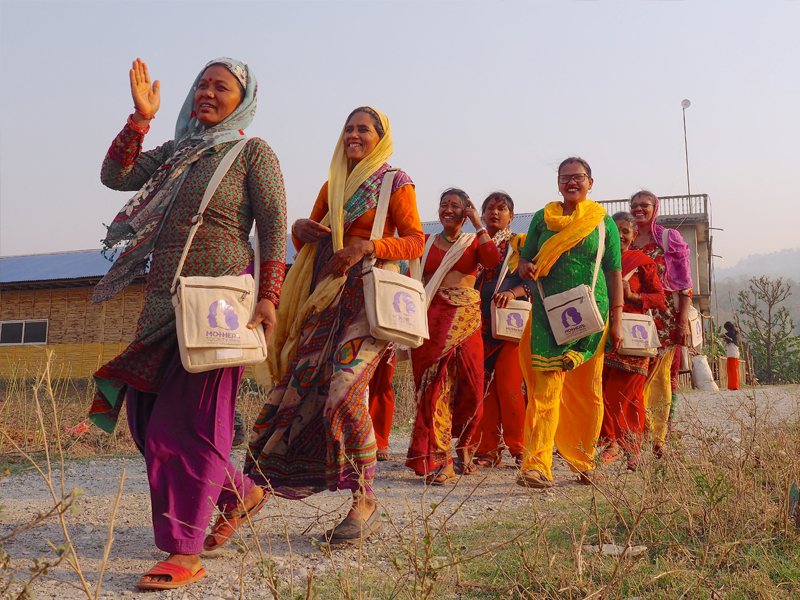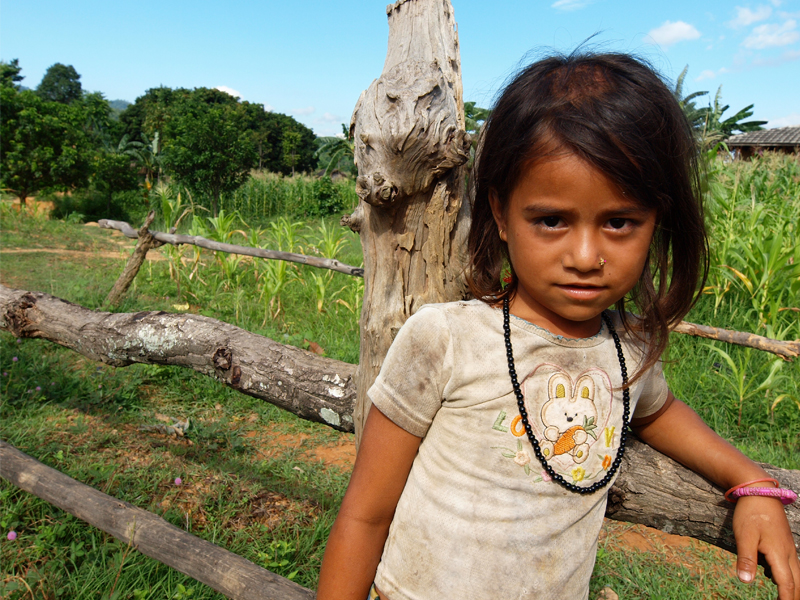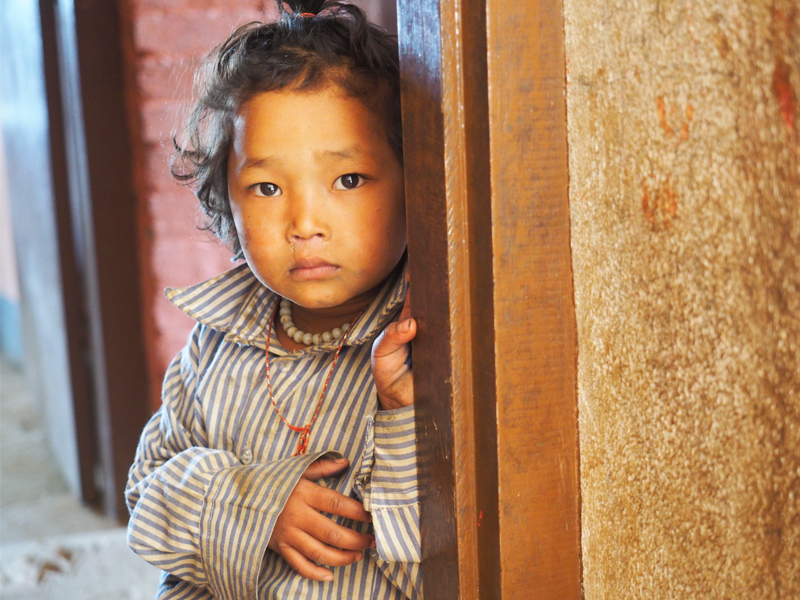WHERE HALLOWEEN FOUND A NEW MEANING | A Surprising and Heartwarming Connection
A very happy Halloween from all of us at the Ban Kang Culture Centre in Isaan, Thailand! This year, our celebration was a beautiful cultural exchange. For many of our incredible kids here, Halloween was a brand-new concept. In a place where every tradition has deep meaning, we wanted to share the story behind the costumes.
It was a wonderful chance to talk about how, in many cultures, what looks scary on the outside can be a protector on the inside. We found a beautiful connection to their own beliefs, much like the mighty Naga dragon - a powerful and protective spirit. The kids completely understood this idea that spirits and creatures can be guardians, not just things to fear. Their brilliant minds made that leap, and it turned into a profound lesson for all of us.
We are so proud of the art they created as they explored this new idea. They wanted to share their heartfelt drawings with you all. As we celebrate our 5th year here at BKCC, we are overwhelmed with gratitude. This center has become a true sanctuary. For many youth in this disadvantaged area, it’s a place they are proud to call their own - arriving early, helping to clean, and caring for the grounds with incredible excitement every single weekend. Thank you for making a difference. You are helping to protect and nurture their creativity.
#AshaFoundationForHumanity
#BanKangCultureCenter
... See MoreSee Less
SMALL HANDS, BIG IMPACT | Learning the Value of Teamwork and Community Service
There's a special kind of pride that comes from caring for the place you call home. This week, under the arrangement of director, Mai Wilachai, the students of our Ban Kang Culture Centre (BKCC) experienced just that.
With rakes and brooms in hand, they descended upon the grounds of our local temple here in northeastern Thailand (in Isaan country), a remote rice-farming community. Their mission was simple - to sweep, rake, and clean the temple in preparation for an upcoming special event. But the result was something much more profound.
As they worked together, laughter and teamwork filled the air. You could see the determination on their faces - a powerful display of what our youth can accomplish when given purpose and support. They weren't just cleaning - they were exhibiting pride in their village and setting an example for everyone. We know their efforts inspired others in the community to take notice and get involved.
This is your impact in action. Thanks to the support from donors to the Asha Foundation for Humanity, these disadvantaged youth are receiving far more than an education. In a region with limited resources, you are providing the crucial tools for life - lessons in self-esteem, community, and character that were so beautifully displayed in their service today.
We are so proud of these kids. They showed us that even on a micro level, a team of young children can work together to make a tangible difference in their community. And in today's world, that is everything.
A profound thank you to Mai Wilachai for her leadership, and to Maurie and Vivien of the Asha Foundation for Humanity. For five years, your belief in our mission has been changing lives right here in Isaan.
This is the impact of your support. This is hope in action.
#ashafoundationforhumanity #bankangculturecenter
... See MoreSee Less
BRINGING HOPE AND INSPIRATION | It's so heartening to see the tangible impact DWS has on hundreds of young lives. We’re proud to be a contributing sponsor. Their work is a powerful reminder of what's possible with intention and compassion. The world sees their great work and is inspired by it!
#ashafoundationforhumanity
#DhammajarineeWitthayaSchoolDhammajarinee Witthaya School is sincerely grateful to all the leaders and everyone at ASHA Foundation for Humanity for their generous support.
Asha Foundation for Humanity is a registered charity in Australia that brings hope and inspiration to underserved communities.
We deeply resonate with their focus on giving compassionate support, elevating people’s quality of life in lasting ways, and practicing true human kindness in action.
Dhammajarinee is appreciative to work together with a foundation that so closely aligns with our values. We extend our heartfelt thanks once again for their compassion and for positively impacting the lives of our students.
... See MoreSee Less
